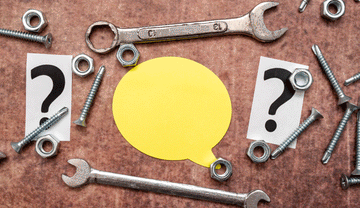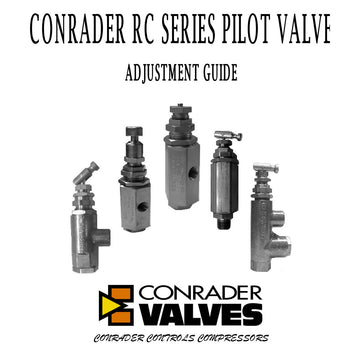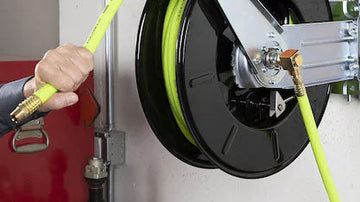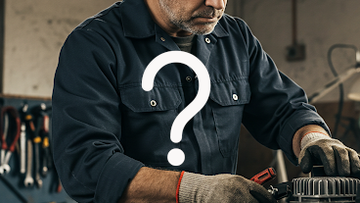Why Is My Air Compressor Pressure Switch Leaking? Causes, Signs, and Fixes
If you’ve noticed a leak coming from your air compressor’s pressure switch, you’re not alone. This is a fairly common issue, and fortunately, it’s often something you can troubleshoot and diagnose yourself with a little know-how. In this post, we’ll break down the common causes of a leaking pressure switch, what signs to look for, and how to fix the problem.
What Does the Pressure Switch Do?
First, it helps to understand the role of the pressure switch. This component monitors the air pressure in the tank and signals the compressor to start or stop accordingly. It also often contains an unloader valve, which relieves pressure from the compressor head and discharge line when the motor shuts off—making it easier to restart the next time.
Common Reasons a Pressure Switch Leaks
1. Leaking Unloader Valve
This is the most common source of pressure switch leaks. If you hear a constant hissing sound while the compressor is running, coming from the unloader valve. This is a sign the unloader is defective
Causes:
- A stuck or worn unloader valve
- Debris inside the valve
- A faulty spring or seal
Fix:
- Clean or replace the unloader valve. In some cases you can’t buy just the unloader valve, if this is the case the entire switch needs to be replaced.
2. Bad Check Valve
Here's a big one that often gets overlooked: if your unloader valve continues to leak after the compressor has shut off for more than a few seconds, the issue isn’t the unloader valve itself. It would be the check valve causing the issue.
The check valve prevents air from flowing back out of the tank once the compressor shuts off. If it fails, air will escape back through the line, and the unloader will keep venting that air—causing a continuous leak sound.
Signs of a Bad Check Valve:
- Constant hissing from the unloader valve after shutdown
- Compressor struggles to start due to back pressure
Fix:
- Turn off the compressor and drain the tank
- Remove and inspect the check valve (usually located where the discharge tube from the pump enters the tank)
- Clean any debris, or replace the check valve if it’s damaged or not sealing
3. Bad Pressure Switch Gasket or Seals
Leaks from the body of the switch may indicate internal sealing issues.
What to Look For:
- Air escaping from the housing or switch body
- Bubbles when sprayed with soapy water (Make sure no power is going to the unit if spray checking for leaks.)
Fix:
- Replace the pressure switch
4. Loose or Damaged Fittings
Fittings around the pressure switch can vibrate loose or suffer wear over time from strain in certain enviorments.
Fix:
- Use Teflon tape on threads
- Tighten or replace connectors as needed
5. Cracked Housing or Pressure Line
Physical damage can cause leaks around fittings or switch components.
Fix:
- Inspect for visible cracks
- Replace damaged parts accordingly
Troubleshooting Tips
- Listen Closely: A quick hiss is normal when the compressor shuts off—but a continuous one? Not so much.
- Use Soapy Water: Apply around the suspected area and look for bubbles. (make sure power is off to the compressor while checking for leaks.)
- Know the Shutdown Sequence: If the unloader leaks continuously, test the check valve first before assuming the unloader is bad.
When to Replace the Pressure Switch
If seals are gone or internal components are worn it might be time to replace the entire switch. They're generally affordable and easy to install.
Final Thoughts
A leaking pressure switch can be caused by several components—not just the switch itself. The unloader valve, check valve, and fittings all play a role in the system’s performance. So next time you hear that persistent hiss, don’t just silence it—diagnose it. Your compressor (and your ears) will thank you.





